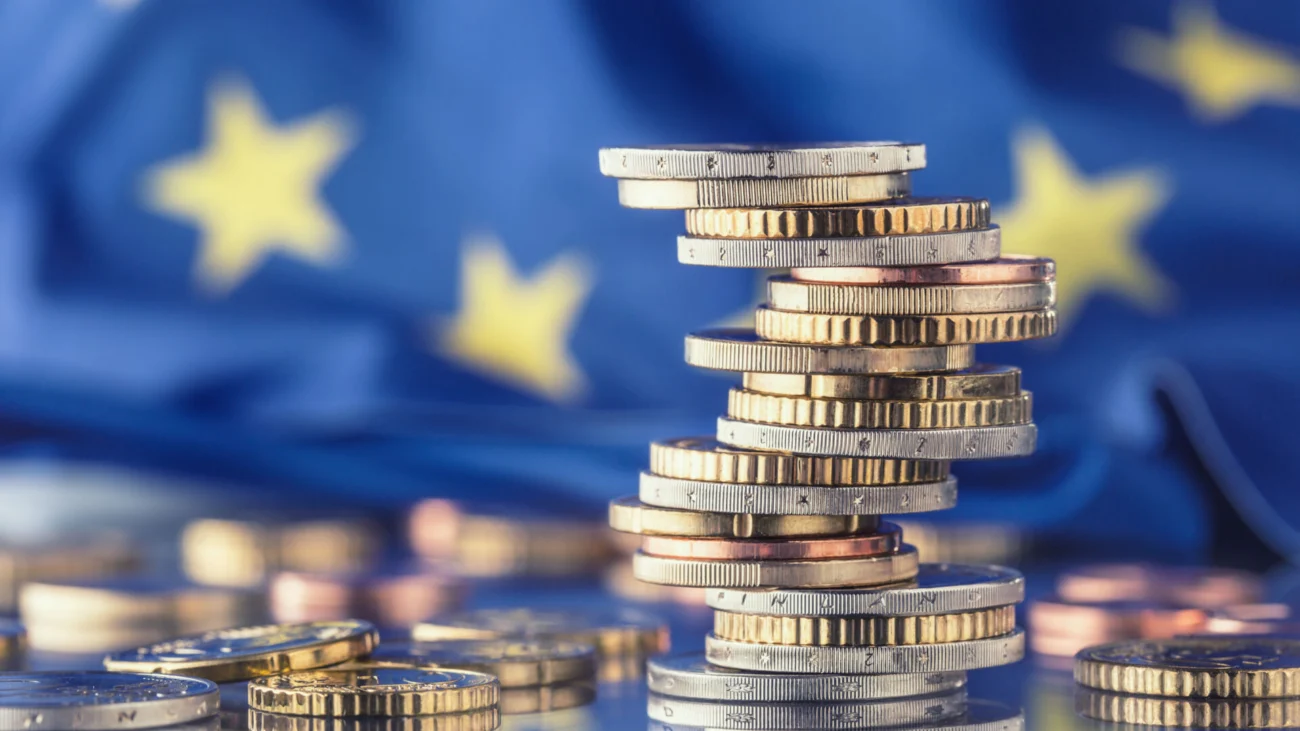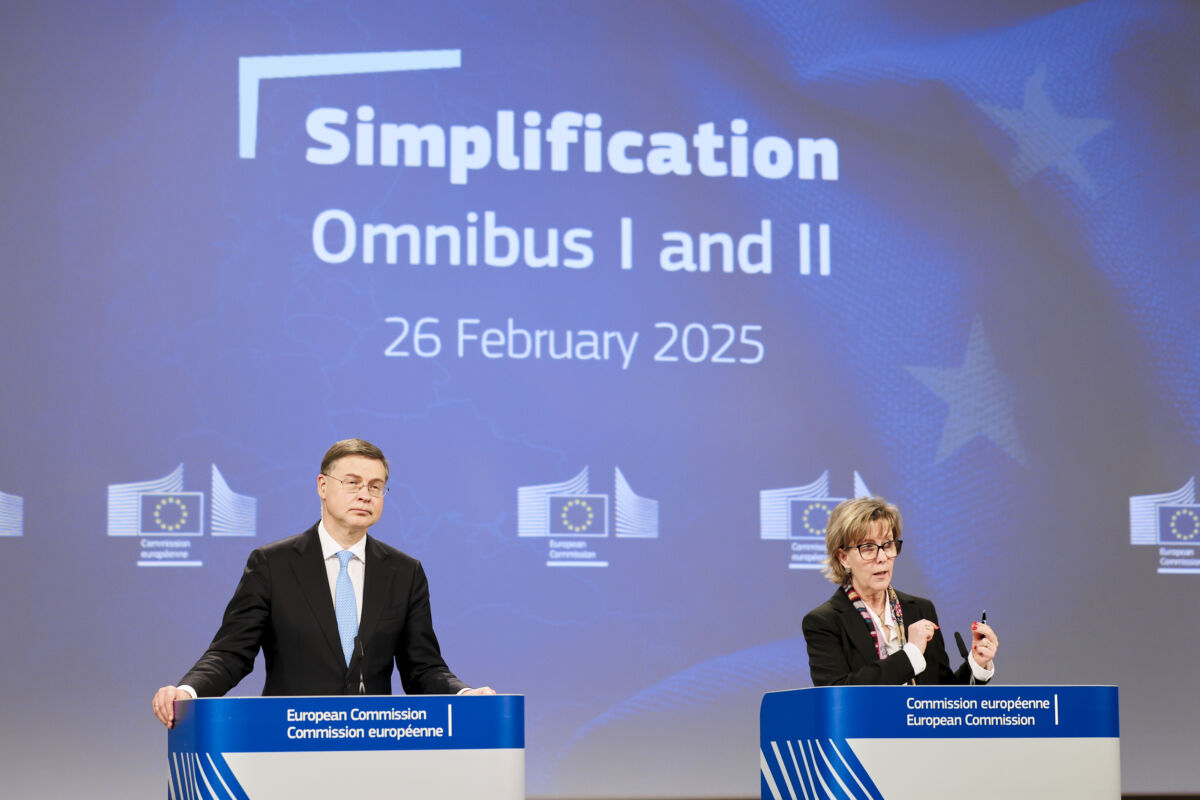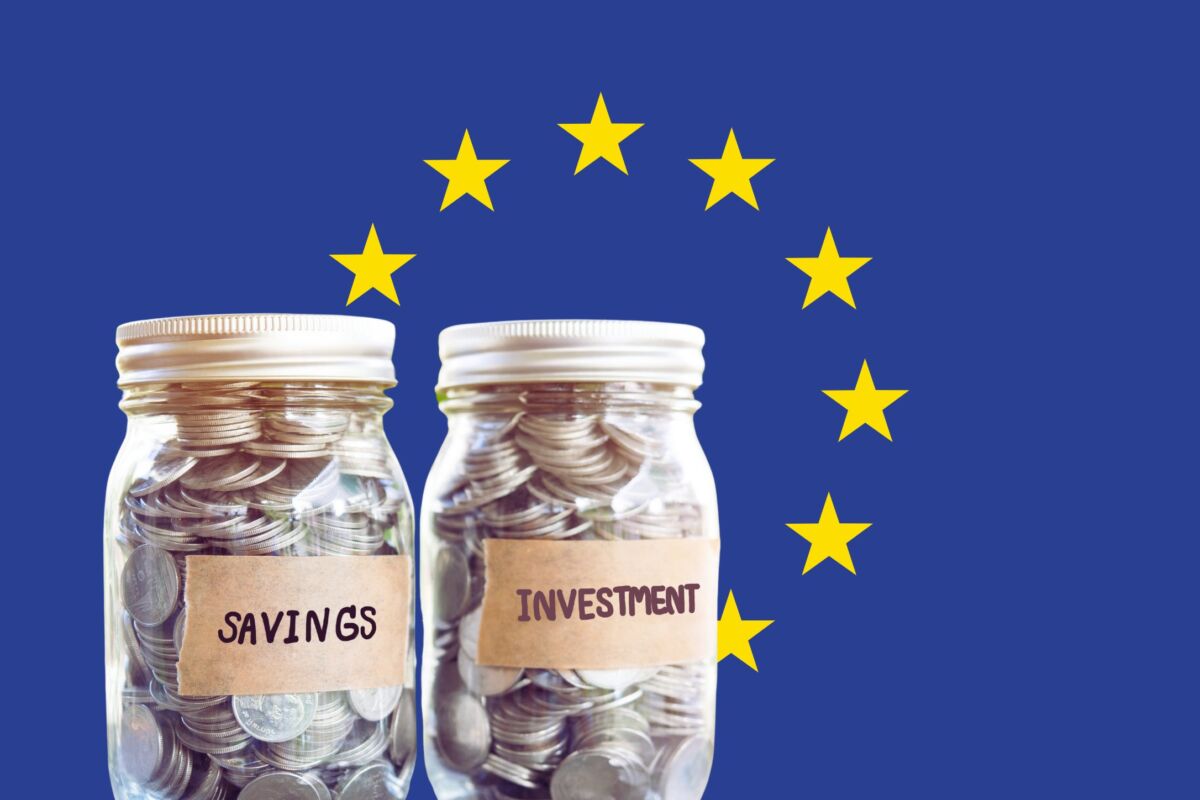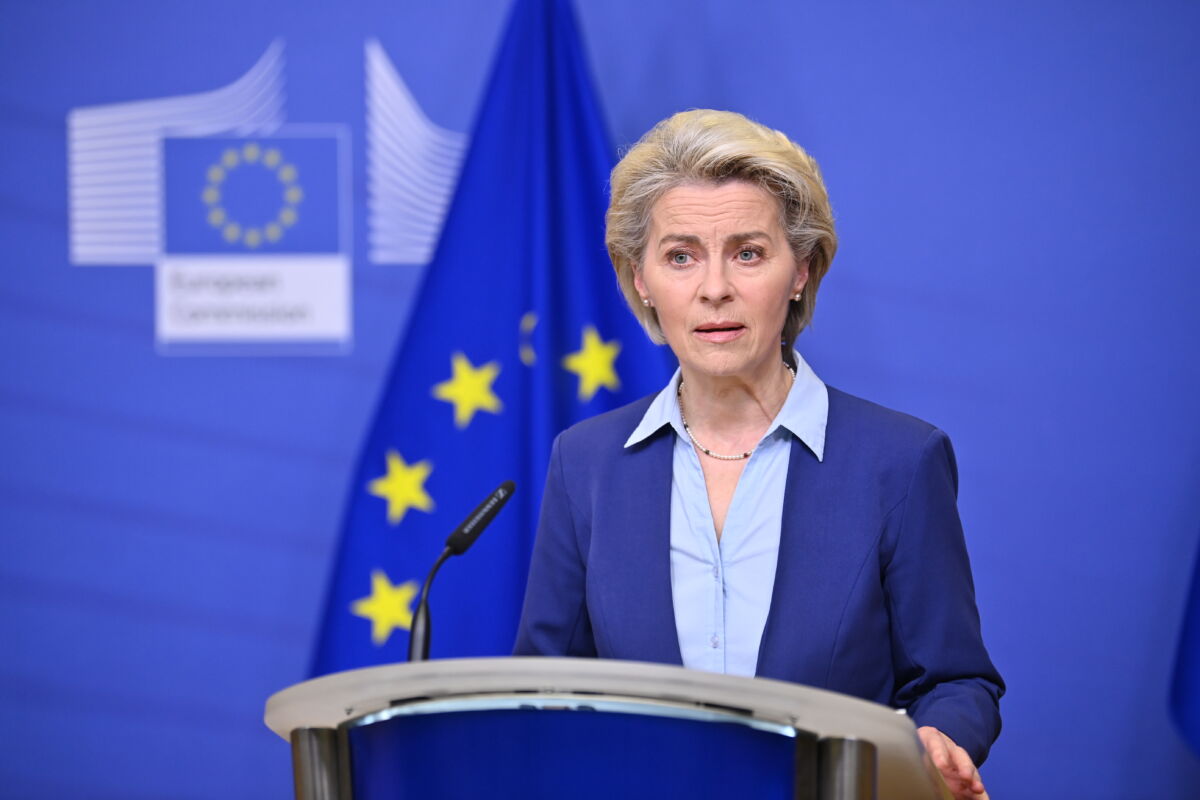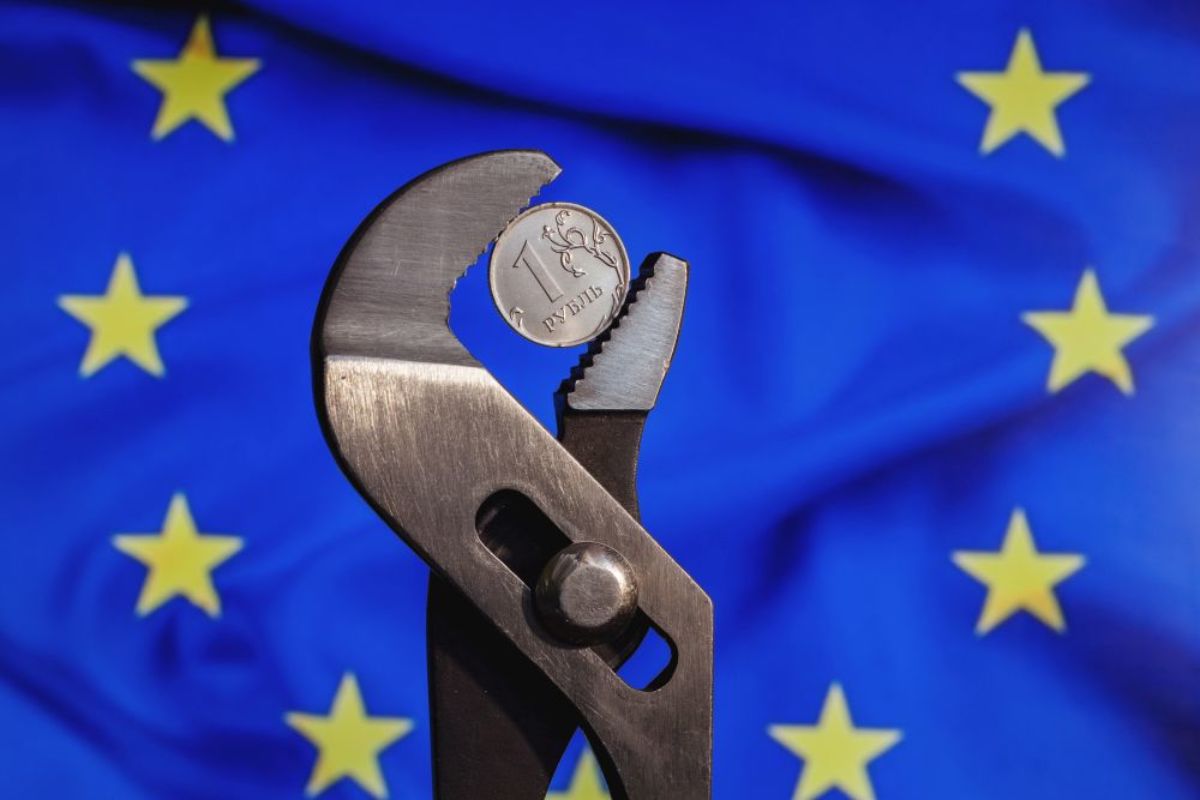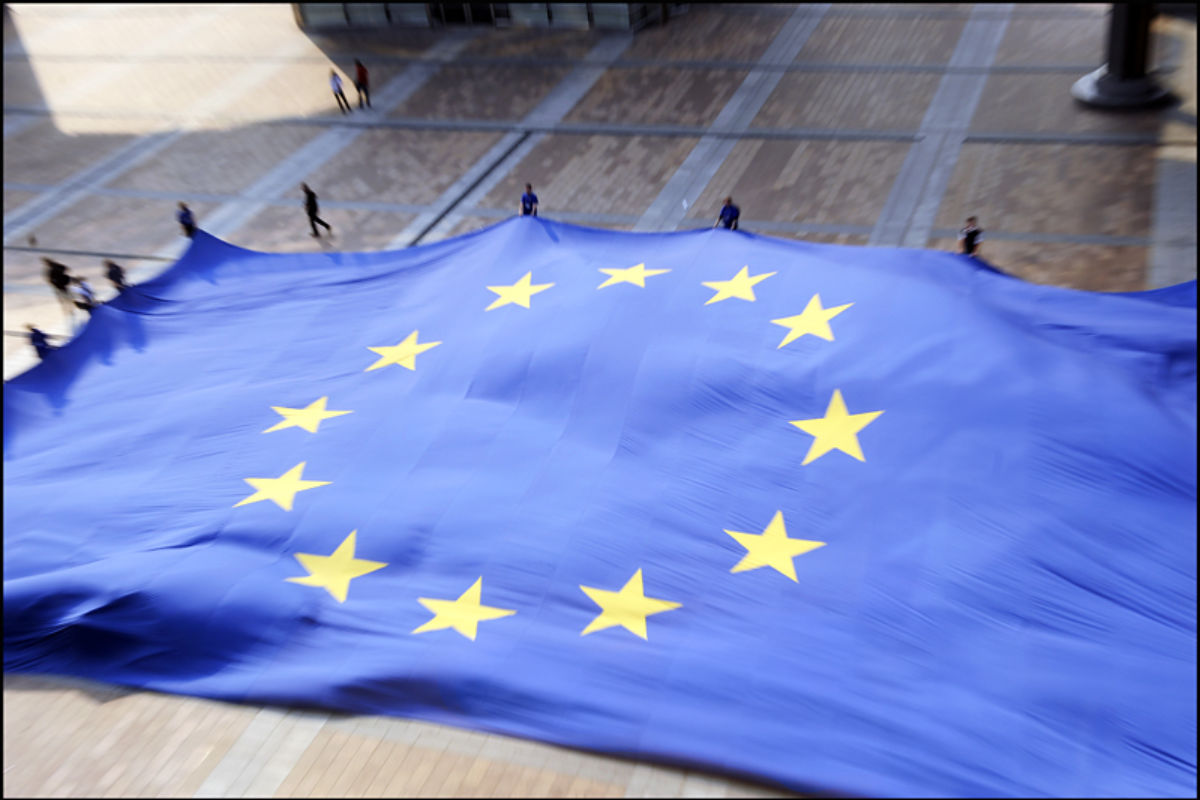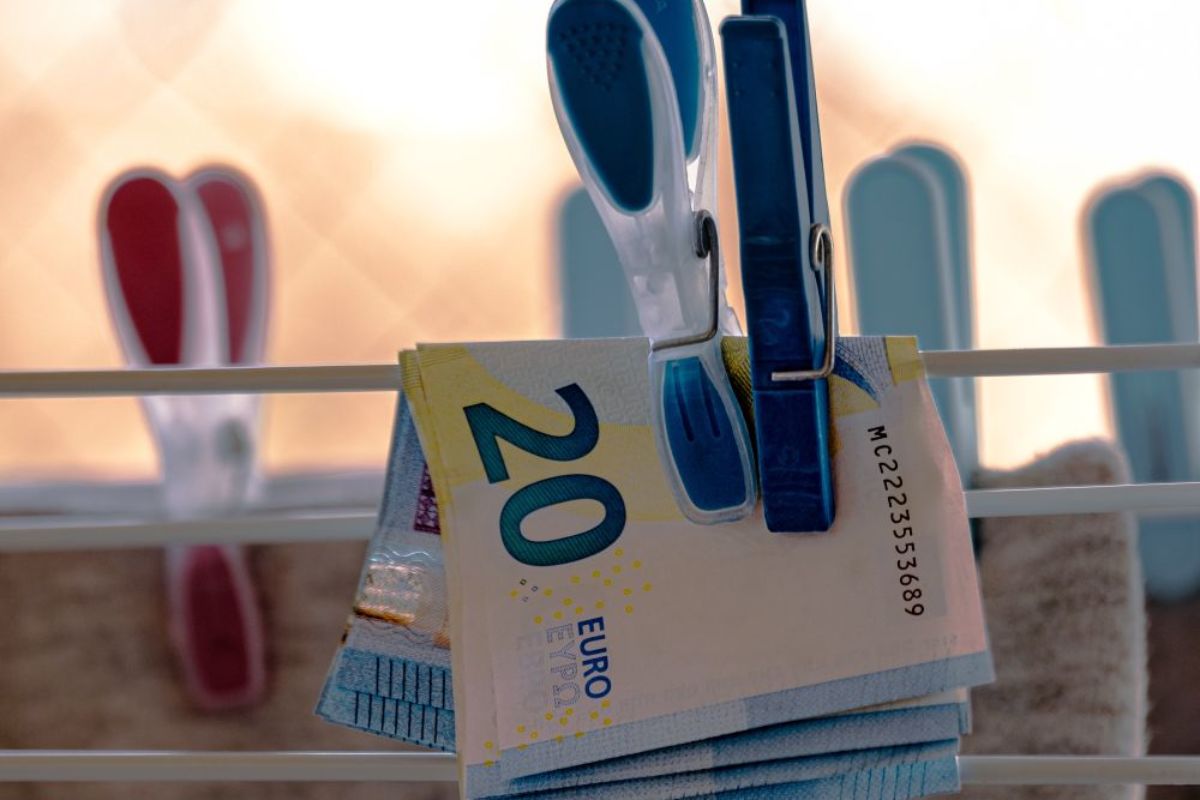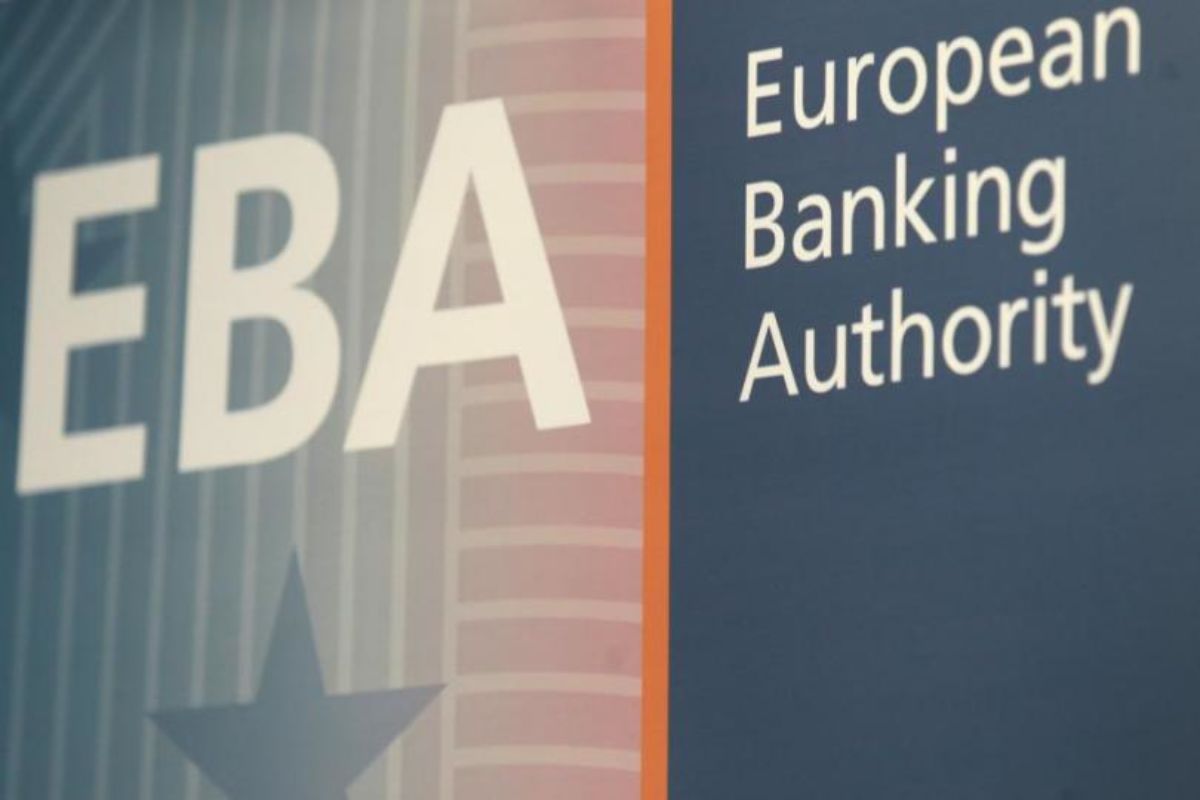In June 2025, seven EU Member States (namely France, Spain, Luxembourg, the Netherlands, Estonia, Germany and Portugal) launched Finance Europe, a voluntary label for retail financial products that invest at least 70 % of their portfolio in assets of the European Economic Area, which includes the EU, plus Iceland, Liechtenstein and Norway.
The initiative seeks to address a widely cited figure from last year’s Letta report – that EUR 300 billion of European household savings are channelled abroad each year, largely to the US. The underlying assumption is that capital is fleeing the EU because of fragmented capital markets and that a common label would help to retain savings within Europe.
This initiative is politically appealing but economically flawed. Both the diagnosis and the proposed remedy rest on fragile foundations. Labelling savings products will not reverse macroeconomic realities, nor will it address the core problems affecting EU capital markets.
Worse still, it risks institutionalising suboptimal investment behaviour, undermining investor welfare in the process.
The EUR 300 billion figure doesn’t result from market dysfunction or financial misbehaviour. Rather, it reflects structural macroeconomic balances. The EU has consistently maintained a current account surplus, except in 2022, when the EU registered a current account deficit due to the energy crisis.
Since the EU also runs a structural public deficit, this implies that the private sector saves more than it invests domestically. Logically, that means that the excess savings must be invested abroad. Retaining these funds within the EU would require either reducing the public deficit or giving up the current account surplus. This is the essence of the macroeconomic trilemma: the EU cannot have all three –a public deficit, a current account surplus, and fully retaining private savings.
Moreover, the narrative that fragmentation is the primary obstacle to capital market development in the EU is misleading. The true challenge is underdevelopment, not disintegration. Countries such as Sweden, Denmark and the Netherlands have developed vibrant capital markets despite operating within the same European framework. Meanwhile, other Member States continue to suffer from shallow capital markets and haven’t developed the institutional infrastructure to foster equity-based financing or retail investment.
Encouraging investments in European assets
The Finance Europe label aims to increase retail investors’ participation in capital markets while also encouraging them to mostly invest in European assets. These goals aren’t mutually exclusive, but they’re far from being complementary. In fact, they pull in opposite directions. Effective retail participation requires simplicity, flexibility and – most importantly – attractive risk-adjusted returns. Mandating that 70 % of investments should be allocated to European assets doesn’t support these goals. Quite the opposite, as it reduces diversification, increases portfolio volatility, undermines returns and could even lead to financial instability.
Evidence from simulated investment strategies over the period 2005-25 clearly illustrates the trade-off. A European-biased portfolio, equally weighted across major EU indices, delivers an annualised return of 3.73 % with a volatility of 20.91 %. In contrast, a more diversified portfolio, equally weighted between the EU (50 %) and the US and Asia (50 %), yields a 5.61 % return with only 16.49 % volatility.
Thus, promoting a European home bias not only contradicts established principles of modern portfolio theory but also imposes tangible costs on investors.
This isn’t merely a theoretical concern. Home bias is a well-documented behavioural phenomenon across European households and even among institutional investors. Promoting it through policy undermines decades of investor education efforts. If anything, policy should be correcting this bias – not reinforcing it.
Real-world examples reinforce this argument. The French Plan d’Épargne en Actions (PEA) and Italian Piani Individuali di Risparmio (PIR) schemes, which also impose geographical restrictions, have failed to attract significant participation. The PEA accounts for around 3.5 % of French GDP; the PIR for just 0.8 % of Italy’s.
By contrast, Sweden’s ISK account, which has no geographic limits, accounts for 27 % of Swedish GDP. Half of all Swedish adults hold an ISK. Its success stems from its simplicity, flexibility and neutrality – not from any patriotic appeal to invest locally.
Too many objectives, not enough tools
The Finance Europe label also suffers from design and governance shortcomings. The eligibility criteria are vague, the legal basis is weak, and no agreement has been reached on tax incentives. It’s telling that even this limited coalition of countries failed to align their fiscal frameworks.
There’s also a broader concern. Initiatives like Finance Europe are being deployed to achieve far too many objectives at once – mobilising savings, supporting EU strategic autonomy, fostering capital markets, and preserving political cohesion. A modest tool like a savings label cannot credibly deliver on all these fronts. Overburdening it with too many goals will only set it up for inevitable failure.
If the EU genuinely wants to retain more private savings within its borders, the solution lies elsewhere. First, it must confront the macroeconomic trilemma head-on and decide which objective to get rid of. Second, it must enact structural reforms that enhance the competitiveness and attractiveness of European firms and markets. Only then will European assets be able to compete on their own merit. And third, it must learn from successful national models that offer neutral, simple fiscal incentives and avoid geographic constraints.
The European Commission’s Recommendation on Savings and Investment Accounts, published on30 September 2025, adds an important layer to this discussion. It seeks to create a neutral and transparent framework for channelling household savings into productive investment, built on simplicity, portability and fiscal efficiency, and explicitly avoids any form of geographic allocation bias. In contrast, the Finance Europe label introduces precisely such a bias. More importantly, it was launched only a few months before the Commission’s initiative, under a new and still loosely defined governance setting — the so-called Competitiveness Lab. It therefore remains unclear whether this initiative genuinely complements the Commission’s efforts to build a coherent Savings and Investment Union, or whether it risks blurring objectives and fragmenting Europe’s emerging policy framework in this area.
Policy should focus on enabling European households to invest more, and better, not merely to invest more in the EU. Until this distinction is properly understood, initiatives like Finance Europe will remain symbolic gestures rather than transformative solutions.
This Expert Commentary is based on a full analysis in Spanish for Fedea (Fundación de Estudios de Economía Aplicada), which can be found by clicking this link.

